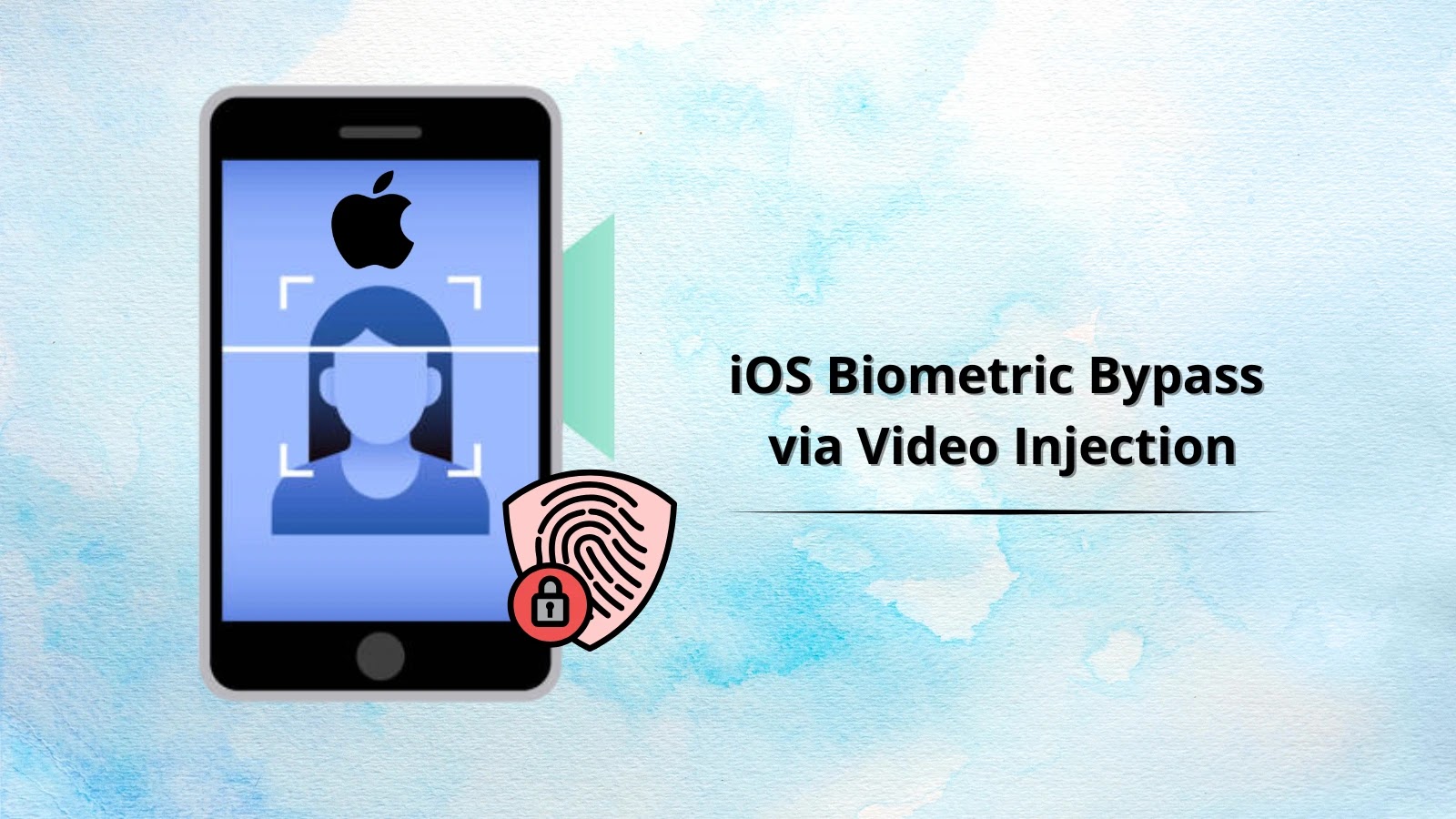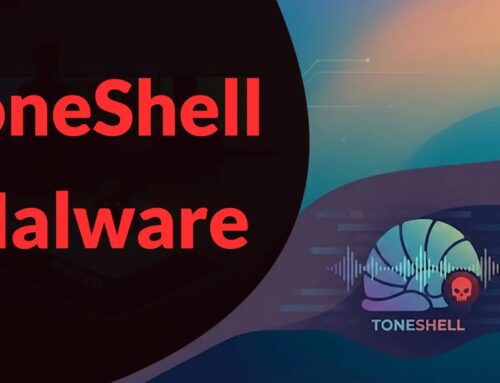
New iOS Video Injection Tool Bypasses Biometric Verification with Jailbroken iPhones
Unmasking the Threat: iOS Video Injection Bypasses Biometric Security on Jailbroken iPhones
Digital identity verification is a cornerstone of modern security, yet its robustness is constantly challenged by evolving threats. A recent discovery by iProov’s threat intelligence team reveals a significant escalation: a sophisticated iOS video injection tool designed to bypass biometric verification on jailbroken iPhones. This innovative attack vector, targeting iOS 15 and later, highlights critical vulnerabilities in systems relying on weaker biometric security measures and underscores the ongoing cat-and-mouse game between cybersecurity professionals and malicious actors.
The Mechanics of Video Injection Attacks on iOS
At its core, a video injection attack involves presenting a pre-recorded or synthetically generated video stream to a biometric verification system, masquerading it as a live feed from a legitimate user. This new tool, specifically designed for jailbroken iOS devices, elevates this technique by allowing attackers to inject high-quality, pre-recorded video directly into the device’s camera stream. This isn’t a simple “replay attack” using a screen capture; it’s a direct manipulation of the device’s input, making it incredibly difficult for standard liveness detection mechanisms to differentiate between a real person and a fabricated video.
The tool’s effectiveness stems from its ability to exploit the elevated privileges granted by jailbreaking. By gaining root access, attackers can intercept and inject data at a fundamental level, bypassing the operating system’s security layers that would otherwise protect the camera feed. This capability provides a powerful means to circumvent biometric checks implemented by banking apps, payment systems, and various other secure applications. While the specific CVE associated with this tool’s operation isn’t publicly detailed, the underlying principle often leverages system-level access to manipulate sensor data, reminiscent of other root privilege exploits.
Weak Biometric Verification: The Achilles’ Heel
The success of this iOS video injection method hinges directly on the weakness of the biometric verification systems it targets. Many applications still rely on basic “liveness detection” checks that can be fooled by high-fidelity video or rudimentary motion. Stronger biometric solutions incorporate advanced liveness detection techniques, such as:
- Passive Liveness Detection: Analyzes subtle cues like skin texture, reflections, and micro-movements to detect if a live person is present.
- Active Liveness Challenges: Prompts the user to perform specific actions (e.g., turn head, blink, speak a phrase) to prove liveness.
- 3D Biometrics: Utilizes 3D depth sensors to build a comprehensive model of the user’s face, making simple 2D video injection ineffective.
The compromise of jailbroken iPhones provides an ideal environment for these attacks because the enhanced control allows for persistent and sophisticated manipulation not easily achievable on stock iOS devices.
Implications for Digital Identity Fraud and Financial Services
The ramifications of this new tool are severe, particularly for sectors heavily reliant on digital identity verification, such as financial institutions, fintech companies, and any service requiring secure online user authentication. Successful video injection attacks can lead to:
- Account Takeovers: Gaining unauthorized access to bank accounts, investment platforms, and other sensitive financial services.
- Fraudulent Transactions: Initiating unauthorized payments, transfers, or purchases.
- New Account Fraud: Creating new accounts in the victim’s name, potentially for money laundering or other illicit activities.
- Reputational Damage: For organizations whose biometric systems are breached, leading to loss of customer trust and potential regulatory fines.
The fact that this tool targets iOS 15 and later indicates its currency and relevance to a large portion of the active iPhone user base.
Remediation Actions and Enhanced Security Measures
Combating sophisticated threats like iOS video injection requires a multi-layered approach. For both end-users and organizations, proactive measures are crucial.
For Organizations Implementing Biometric Verification:
- Adopt Advanced Liveness Detection: Implement state-of-the-art passive and active liveness detection technologies that are resilient to video injection and image manipulation. Solutions that incorporate 3D depth analysis or AI-driven anomaly detection are highly recommended.
- Layered Security Approach: Biometrics should be one component of a broader security strategy, not the sole authentication factor. Combine biometrics with strong passwords, multi-factor authentication (MFA) using hardware tokens or authenticator apps, and behavioral biometrics.
- Continuous Threat Intelligence: Stay informed about emerging threats and vulnerabilities. Partner with threat intelligence providers like iProov to understand new attack vectors.
- Regular Penetration Testing: Conduct ongoing security audits and penetration tests specifically targeting biometric authentication mechanisms.
- Educate Users: While the primary responsibility lies with the service provider, informing users about the risks of jailbreaking and strong security practices is beneficial.
For iPhone Users:
- Avoid Jailbreaking: The most critical step. Jailbreaking voids your device’s warranty and removes essential security protections built into iOS, making it highly susceptible to tools like this video injector. The benefits rarely outweigh the security risks.
- Keep iOS Updated: Always install the latest iOS updates. Apple regularly releases security patches that address vulnerabilities, even if indirectly affecting jailbreaking methods or system manipulation.
- Use Strong Passcodes/Biometrics: Even on a non-jailbroken device, enable Face ID or Touch ID for enhanced device security. Use strong, unique passcodes.
- Be Wary of Untrusted Apps: Only download apps from the official Apple App Store. Side-loading apps from unverified sources is a major security risk.
Conclusion: The Evolving Landscape of Biometric Security
The emergence of this iOS video injection tool targeting jailbroken iPhones is a stark reminder that cybersecurity is a dynamic field. While biometrics offer convenience and enhanced security over traditional passwords, their implementation must be robust enough to withstand sophisticated attacks. Organizations must continuously invest in advanced liveness detection and a layered security posture, and users must prioritize device security by avoiding practices like jailbreaking. Maintaining vigilance and adapting to new threats are paramount to safeguarding digital identities in an increasingly complex threat landscape.





